What lies beneath the new Jaguar XF’s seductive exterior
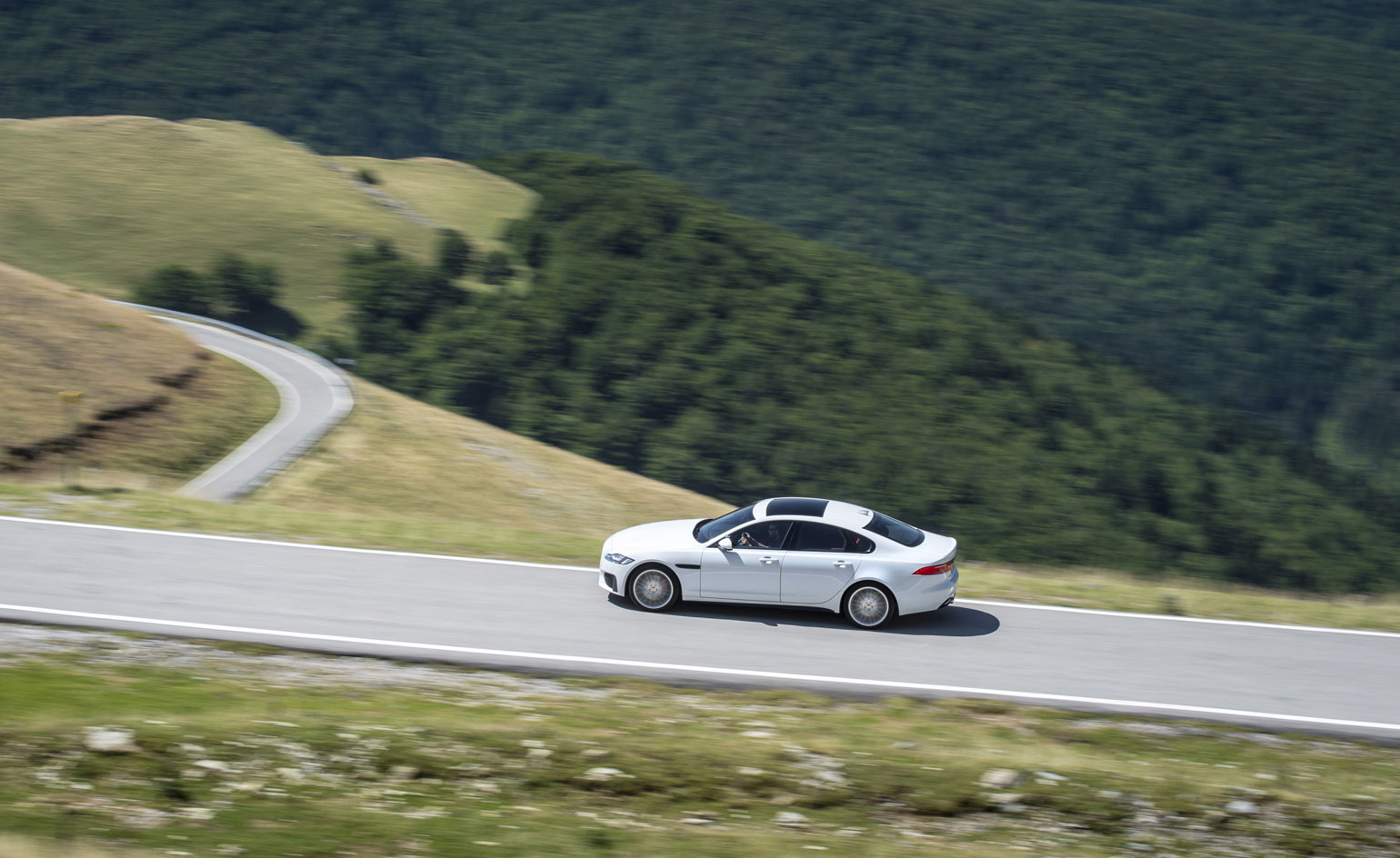
It is near impossible not to be seduced by Jaguar’s latest creation, given the launch setting of Pamplona and the Navarran Pyrenees in northern Spain. This expansive and hugely dramatic landscape, with its empty roads that snake high into the lush green uplands, pockets of grazing cows and sheep, wild horses and the occasional bull in the distance, makes for quite a setting. This part of the country can help create a compelling story for most vehicles, yet the XF almost ‘owned’ these silent roads.
The experience was made complete with a teaser at the Circuito de Navarra track where we were briefly let loose. Few such standard road cars can handle this challenging racing circuit, yet the light, aerodynamic, agile XF does so with apparent ease. This is a car essentially destined for a more demure life as a company vehicle and it is precisely this kind of juxtaposition that has come to distinguish Jaguar from its more cautious rivals. It is the marque’s charm.
This is the second-generation XF – the company was undergoing a huge transformation when the initial car was introduced in 2007. As an entry-level Jaguar, its task then was to court new customers and debut a distinct new design language. The swooping coupé roofline, compact body and a bold interior that played with the digital and craft world succeeded in presenting a new, confident marque. Eight years on, and with a small XE in production, it was also time for a new XF.
At the heart of the car is the firm’s new lightweight modular architecture. The design team worked closely with engineering to harness this and conceive a vehicle that is lighter yet stiffer, highly aerodynamic and more compact in proportion – yet roomier inside.
At 4,954mm the XF is 7mm shorter and 3mm lower than the previous model, yet the reduced front overhang and stretched wheelbase has allowed for 15mm more legroom and up to 27mm more headroom. The car also boasts exceptionally low aero drag of 0.26cd, achieved through a range of small design tweaks.
The fusion of light aluminium for the body panel and a mix of high strength steel in key structural areas (and the all-aluminium suspension set-up) means the car is now 190kg lighter than the outgoing model, improving fuel economy and CO2 emissions figures.
This is evidently an evolution in design, exploring the distinct silhouette of the original model while introducing a more vertical assertive mesh grille, shorter front overhang and a distinctive power bulge that now runs all the way up the elegant long bonnet.
Jaguar director of design Ian Callum points to the waistline, which sits at a more horizontal level on the new car: ‘the strongest element visually,’ the design director notes. ‘We’ve worked very hard to create a shoulder line that is much more elegant, stronger yet relaxed, in many ways, sitting underneath the window graphic of the car,’ he says, explaining how it has been essential in tying the whole sculpture together.
There are extra ‘sixth light’ rear windows, which, coupled with the optional panoramic sunroof, really improve the feeling of spaciousness in the cabin. The rear has a distinctive look too, with an interpretation of the LED tail lights first featured on the F-Type. Together with a rather lovely chiselled boot line, they visually connect the XF with its sportier sibling.
‘One of the things that is great about the interior is the theatre of it,’ muses Callum. Thus, he has retained the tactile metal rotary shift control and rotary air vents that spin open when you turn the engine on. ‘It’s a wonderful moment when they spin up to say hello to you. It gives you that sense of occasion.’
The interior continues Jaguar’s quest to marry traditional design and craft with the modern age. This is a hugely connected car, highly digital yet at the same time offering decent levels of quality and craftsmanship – and plenty of tactile surfaces. Soft leather, warm wood and shiny chrome elements are abundant, and the new seats are pretty comfortable, almost gripping us on the Navarra circuit.
There is a reconfigurable TFT instrument cluster and a 10.2-inch touch screen containing all the infotainment and entertainment information, 17-speaker, 825W Meridian digital surround sound and bold laser head-up display.
The layered instrument panel now swoops the width of the car, merging into the doors and emphasised by singular stitching featuring the marque’s signature Riva Hoop design, first introduced on the XJ. There is certainly a sense of lightness inside the new XF; it feels hugely more spacious, especially in the rear compartment.
Jaguar has simplified the engine range to include a 3.0-litre supercharged V6 – with 375bhp and available in the top of the range S trim – with a 5.0-litre supercharged V8 expected at a later stage. At the top of the diesel range sits the 3.0-litre V6 tweaked to deliver some 296bhp, and the 2.0-litre Ingenium diesel engine that comes with 178bhp and 161bhp, the latter emitting what the marque says is the lowest CO2 figures in this class at just 104g/km.
The business car sector is a crowded one and choice is often made according to less sexy values, such as running cost and tax. Yet the individuality based on intelligent design and that element of surprise that the XF holds will no doubt appeal to those looking to stand out in the sea of grey suits.
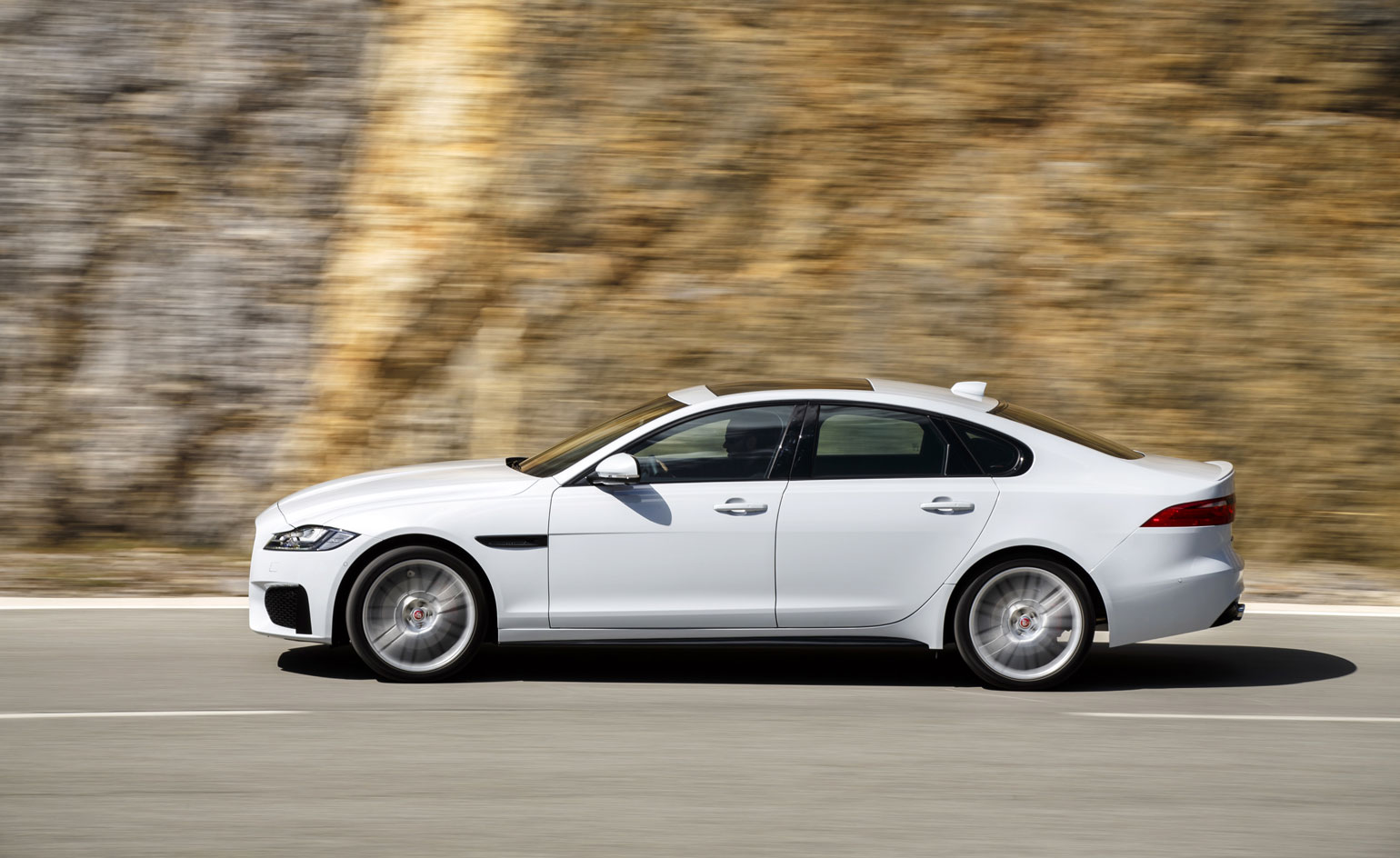
This is the second-generation of the model – the company was undergoing a huge transformation when the initial car was introduced in 2007. Eight years on, and with a small XE in production, it was also time for a new XF
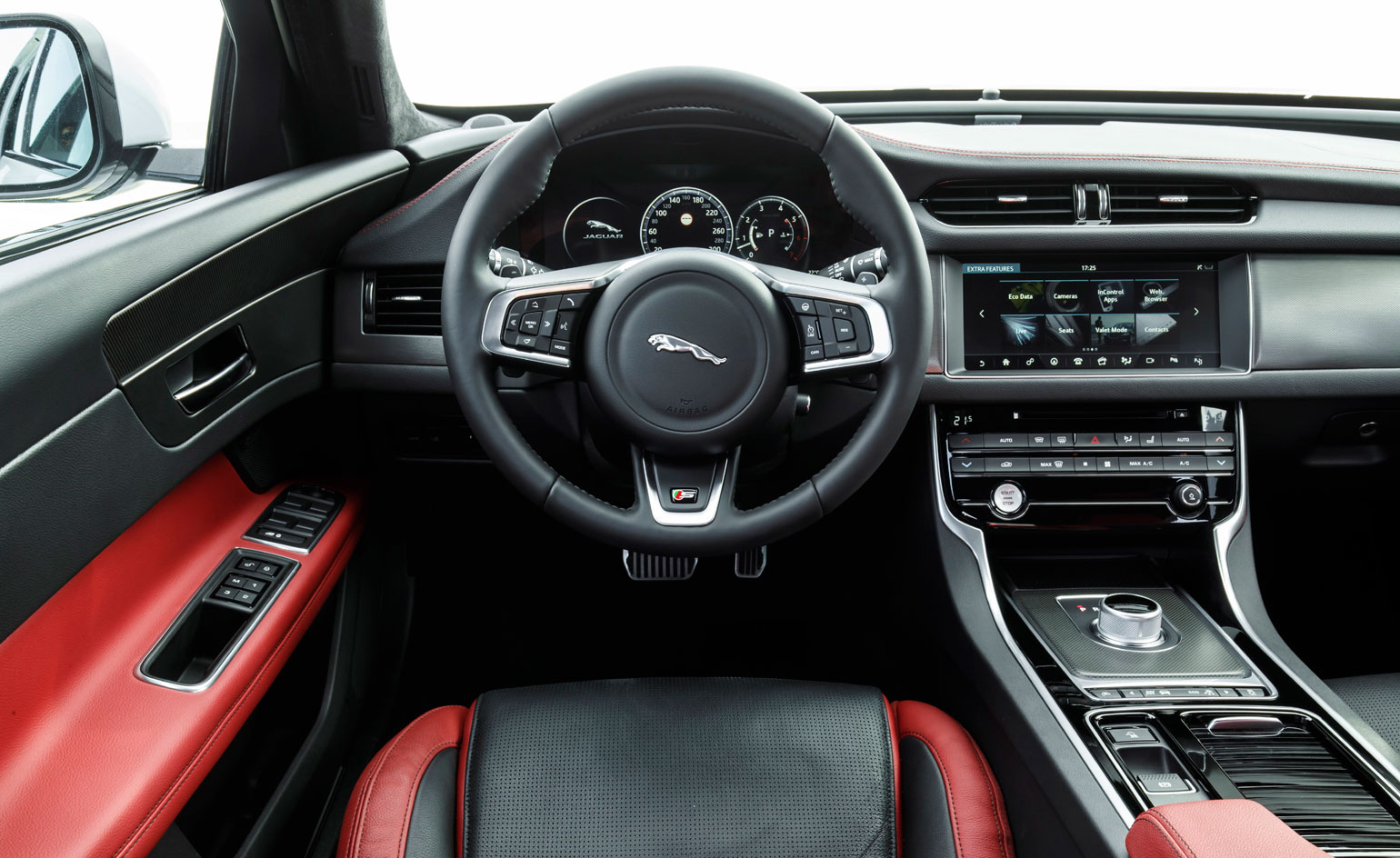
Inside, the layered instrument panel now swoops the width of the car, merging into the doors and emphasised by singular stitching
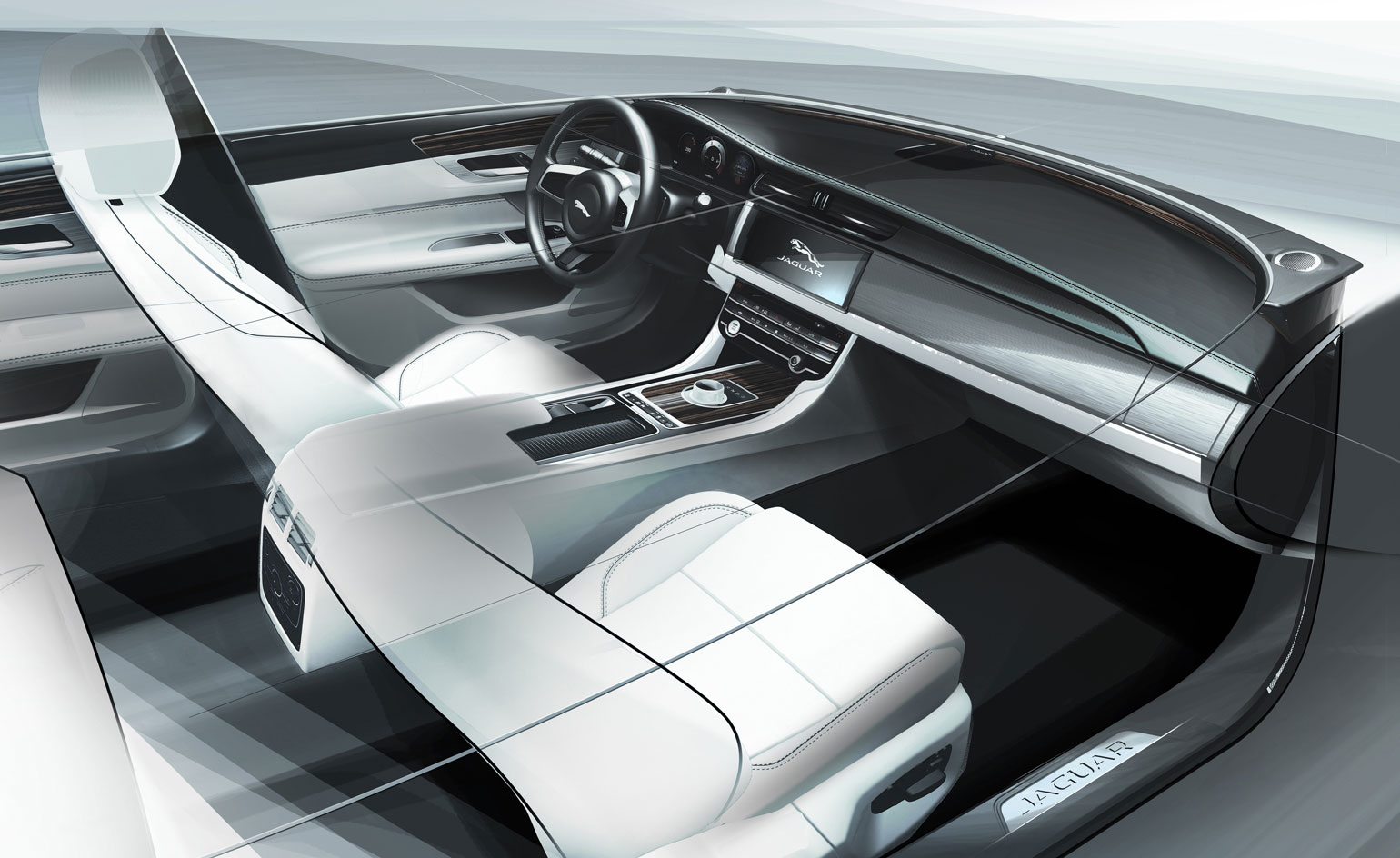
It's also roomier inside – the XF is 7mm shorter and 3mm lower than the previous model, yet the reduced front overhang and stretched wheelbase has allowed for 15mm more legroom and up to 27mm more headroom
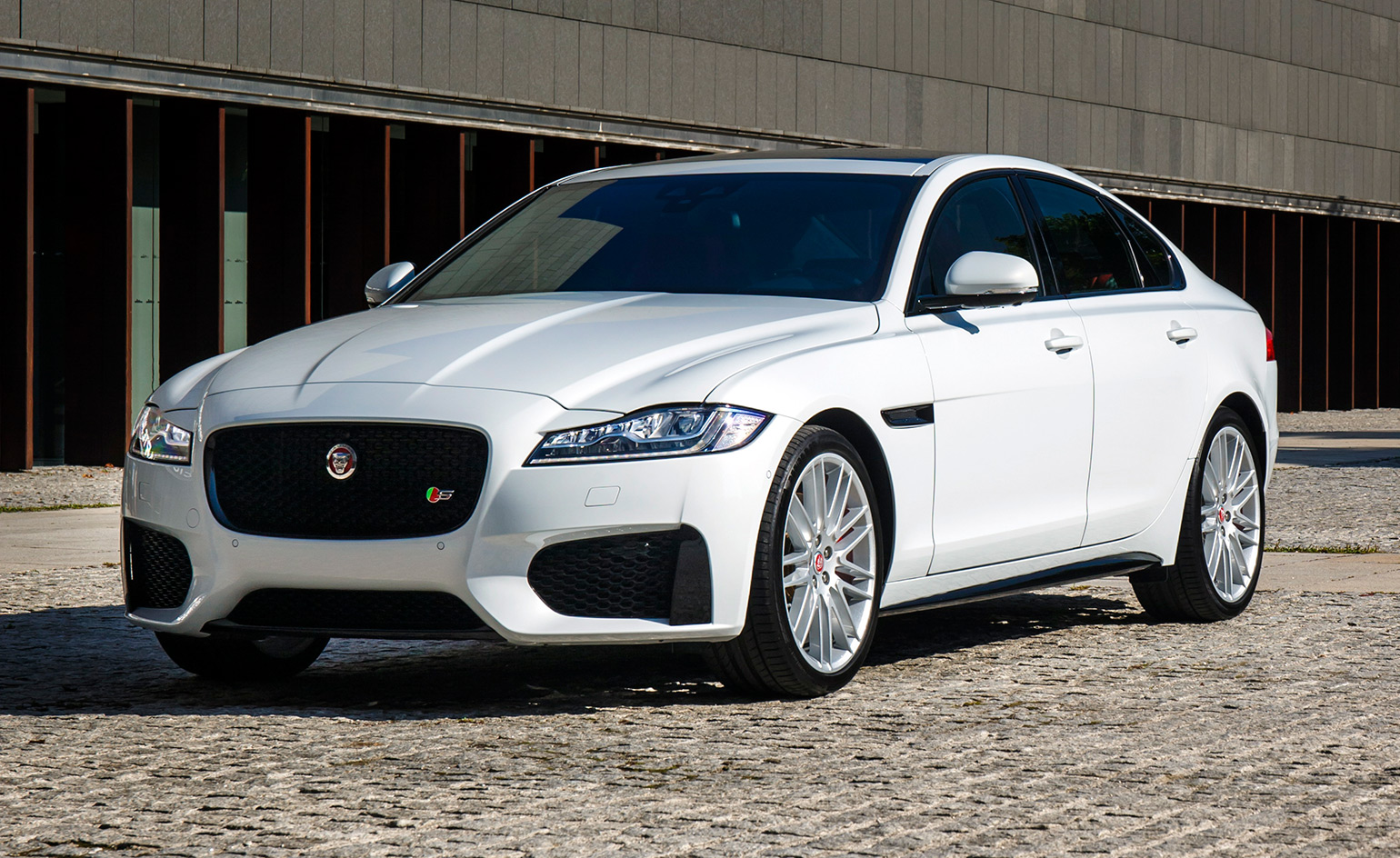
At the heart of the car is the firm’s new lightweight modular architecture – the design team worked closely with engineering to harness this and conceive a vehicle that is lighter yet stiffer, highly aerodynamic and more compact in proportion
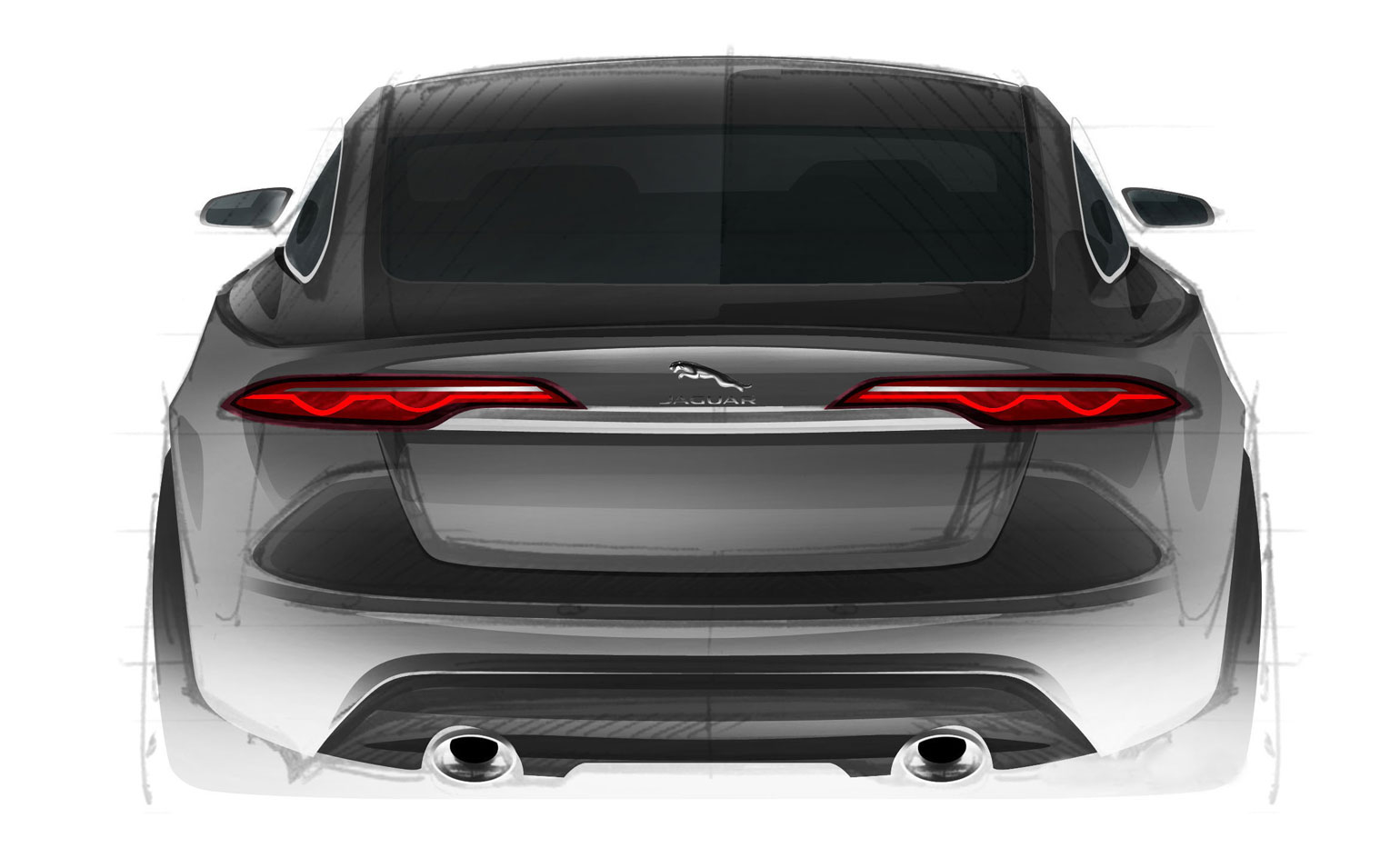
The rear has a distinctive look too, with an interpretation of the LED tail lights first featured on the F-Type
Wallpaper* Newsletter
Receive our daily digest of inspiration, escapism and design stories from around the world direct to your inbox.
A writer and editor based in London, Nargess contributes to various international publications on all aspects of culture. She is editorial director on Voices, a US publication on wine, and has authored a few lifestyle books, including The Life Negroni.
-
 Mercedes-Benz previews its next-gen people mover with an ultra-luxury EV concept
Mercedes-Benz previews its next-gen people mover with an ultra-luxury EV conceptThe Mercedes-Benz Vision V Concept is an art deco picture palace on wheels, designed to immerse passengers in parallel worlds as they travel
By Jonathan Bell
-
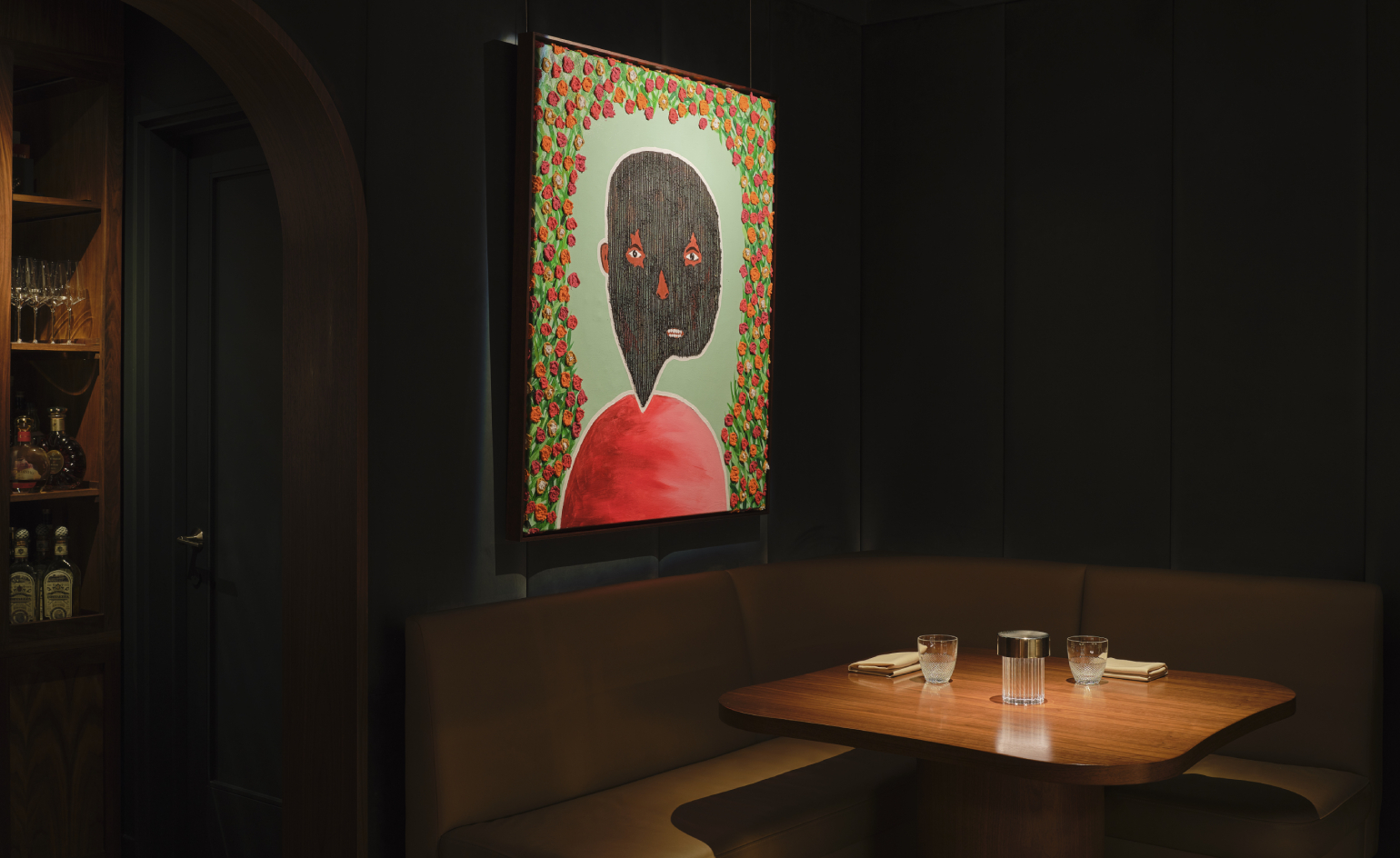 Visit this Michelin-star New York restaurant that doubles as an art gallery
Visit this Michelin-star New York restaurant that doubles as an art galleryArtist Mr.StarCity is exhibiting his emotionally charged yet optimistic ‘Bloomers’ portrait series at Frevo, a Greenwich Village hidden haunt
By Adrian Madlener
-
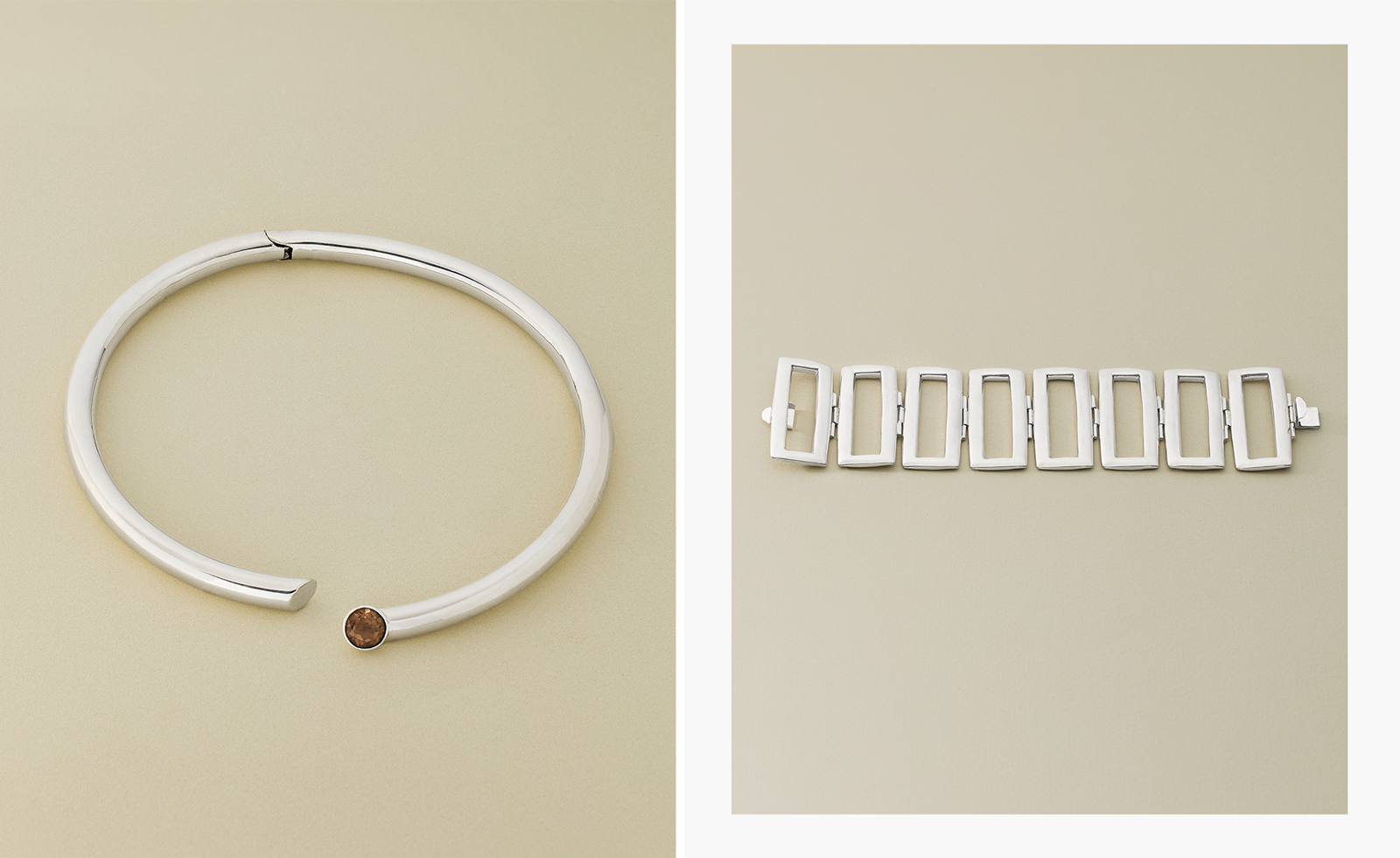 Nina Runsdorf brings classic jewellery back to life to mark 20 years
Nina Runsdorf brings classic jewellery back to life to mark 20 yearsNew York-based jewellery designer Nina Runsdorf celebrates her eponymous brand’s anniversary with a new jewellery collection, ‘Archive’
By Hannah Silver
-
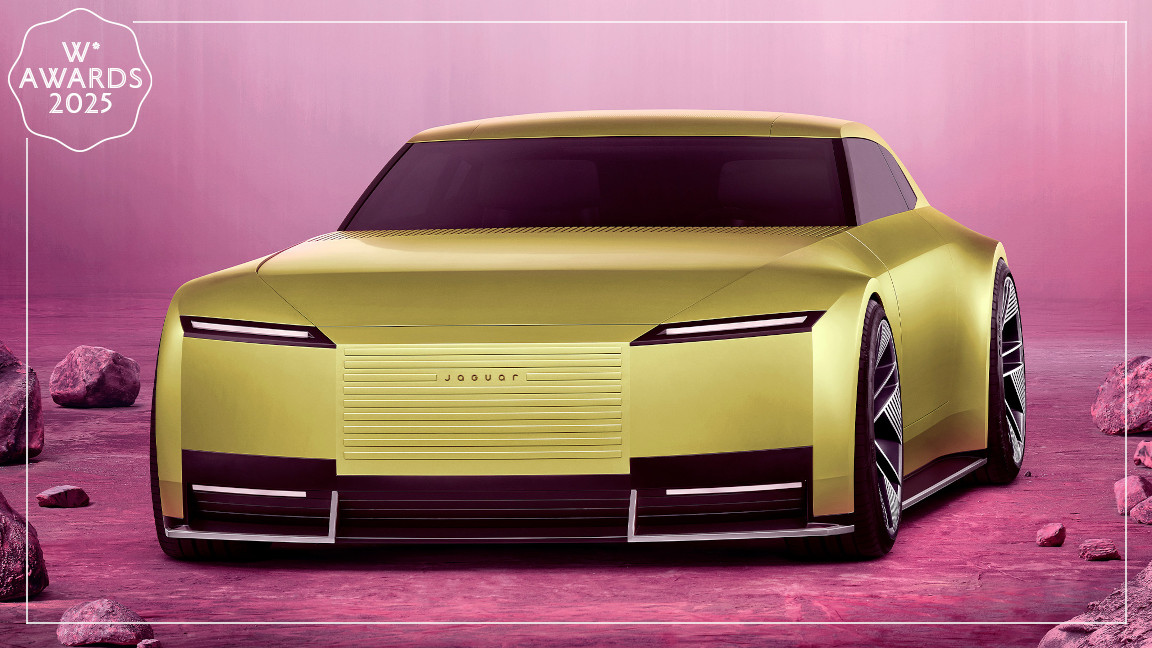 Jaguar’s big rethink earns its Type 00 concept car a Wallpaper* Design Award 2025
Jaguar’s big rethink earns its Type 00 concept car a Wallpaper* Design Award 2025We salute the forward-thinking and bold choices of the dramatic Jaguar Type 00 Concept, a preview of next year's all-new electric GT
By Jonathan Bell
-
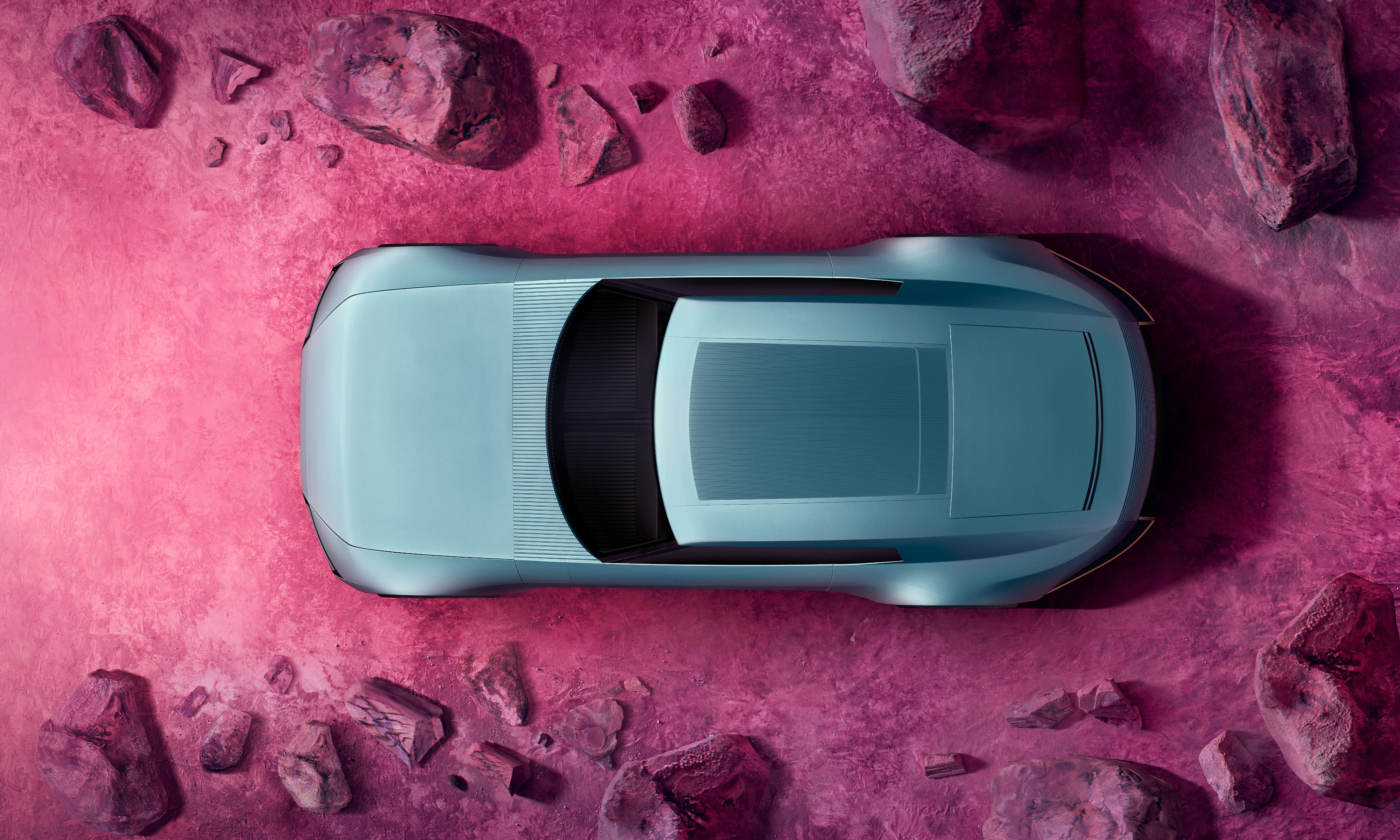 The top 10 concept cars of 2024, as selected by Wallpaper’s Transport Editor
The top 10 concept cars of 2024, as selected by Wallpaper’s Transport EditorWe round up our favourite forays into futuristic design with this collection of concepts and design studies showcasing the transport of tomorrow
By Jonathan Bell
-
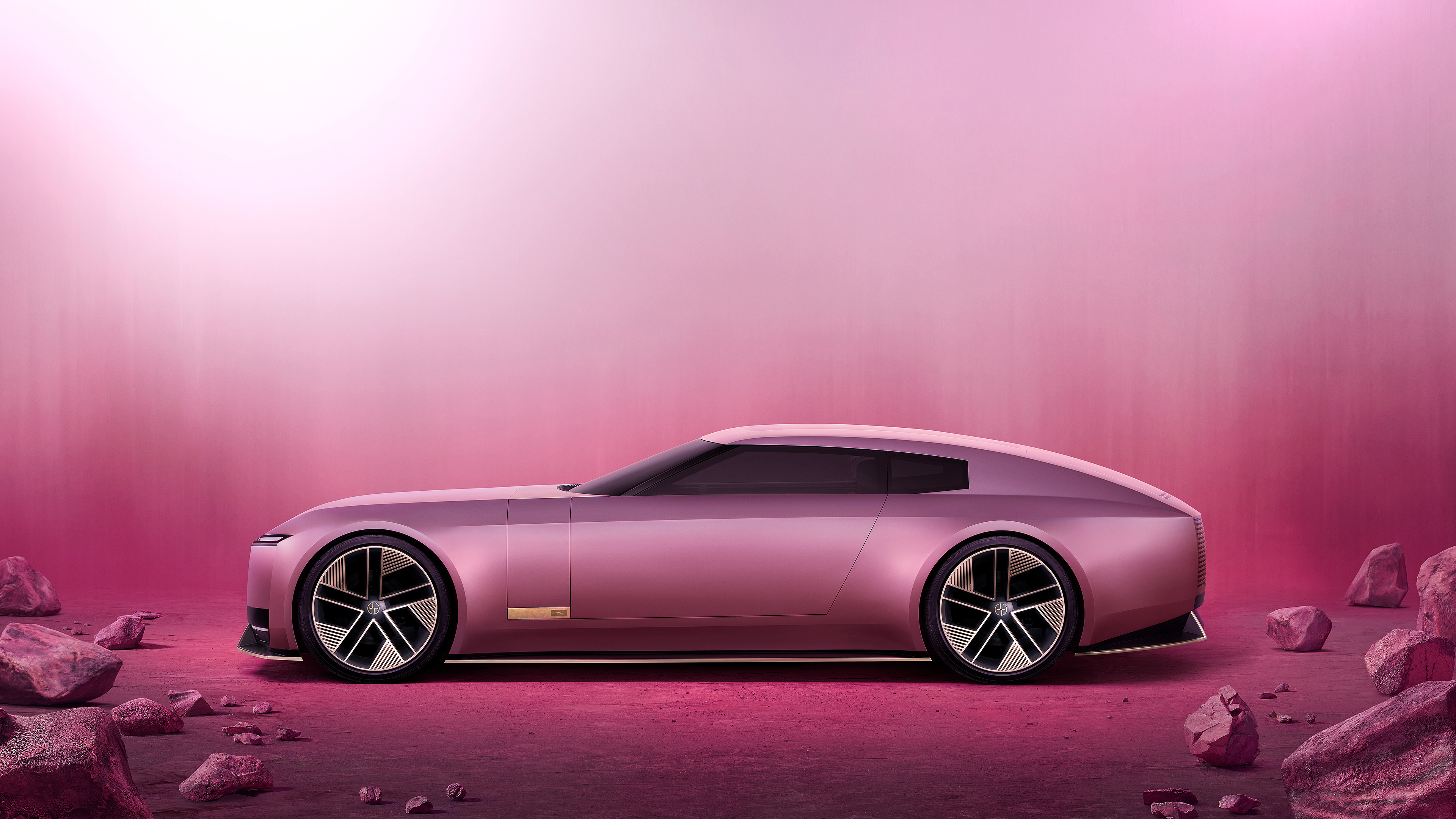 La Vie en Rose: can the Jaguar Type 00 reset the narrative surrounding the brand’s reinvention?
La Vie en Rose: can the Jaguar Type 00 reset the narrative surrounding the brand’s reinvention?This is the Jaguar Type 00, the first physical manifestation of the reborn brand’s new commitment to ‘Exuberant Modernism’. We take it for a semiotic spin
By Jonathan Bell
-
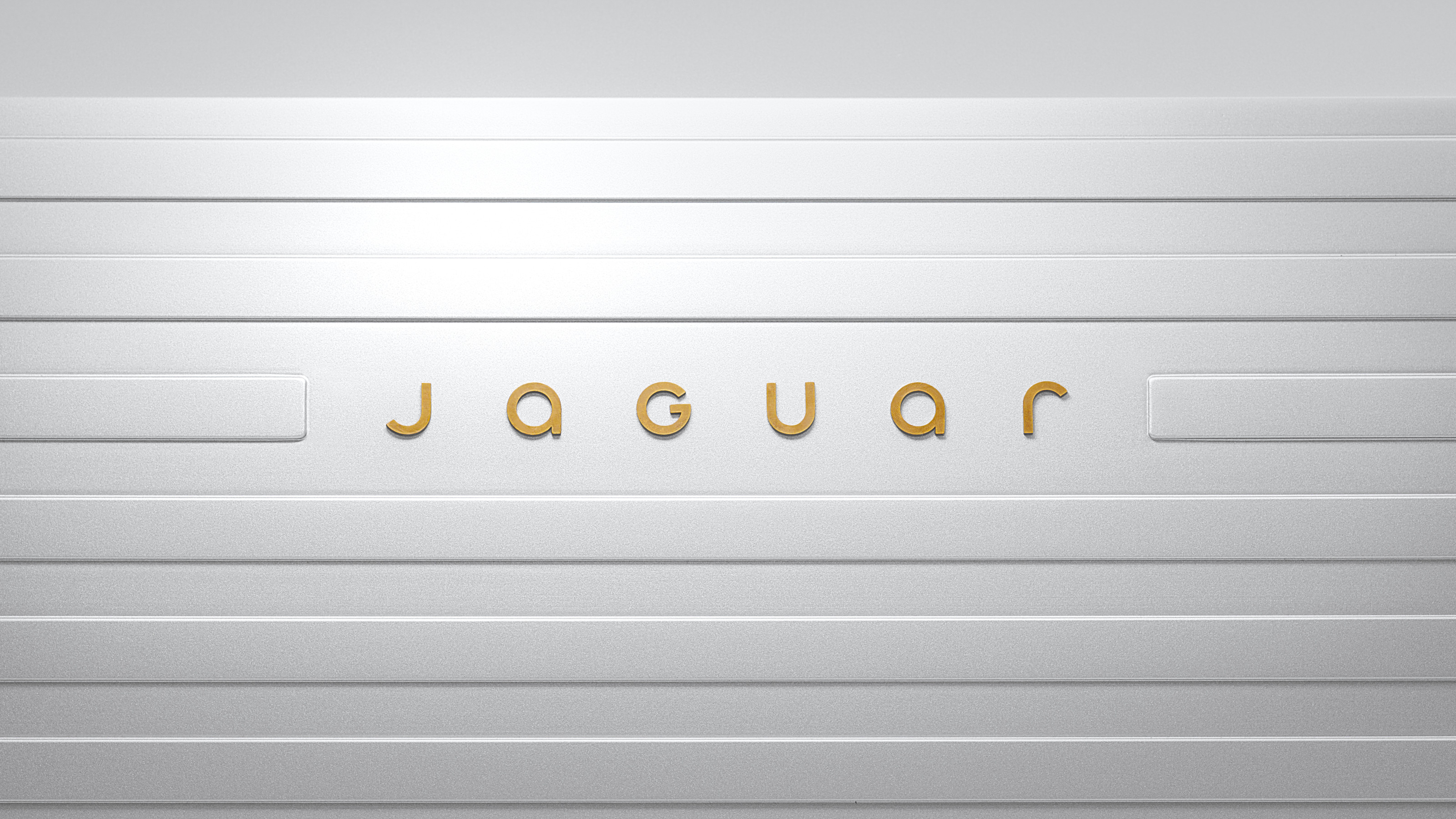 Jaguar reveals its new graphic identity ahead of a long-awaited total brand reboot
Jaguar reveals its new graphic identity ahead of a long-awaited total brand rebootJaguar’s new ethos is Exuberant Modernism, encapsulated by a new visual language that draws on fine art, fashion and architecture
By Jonathan Bell
-
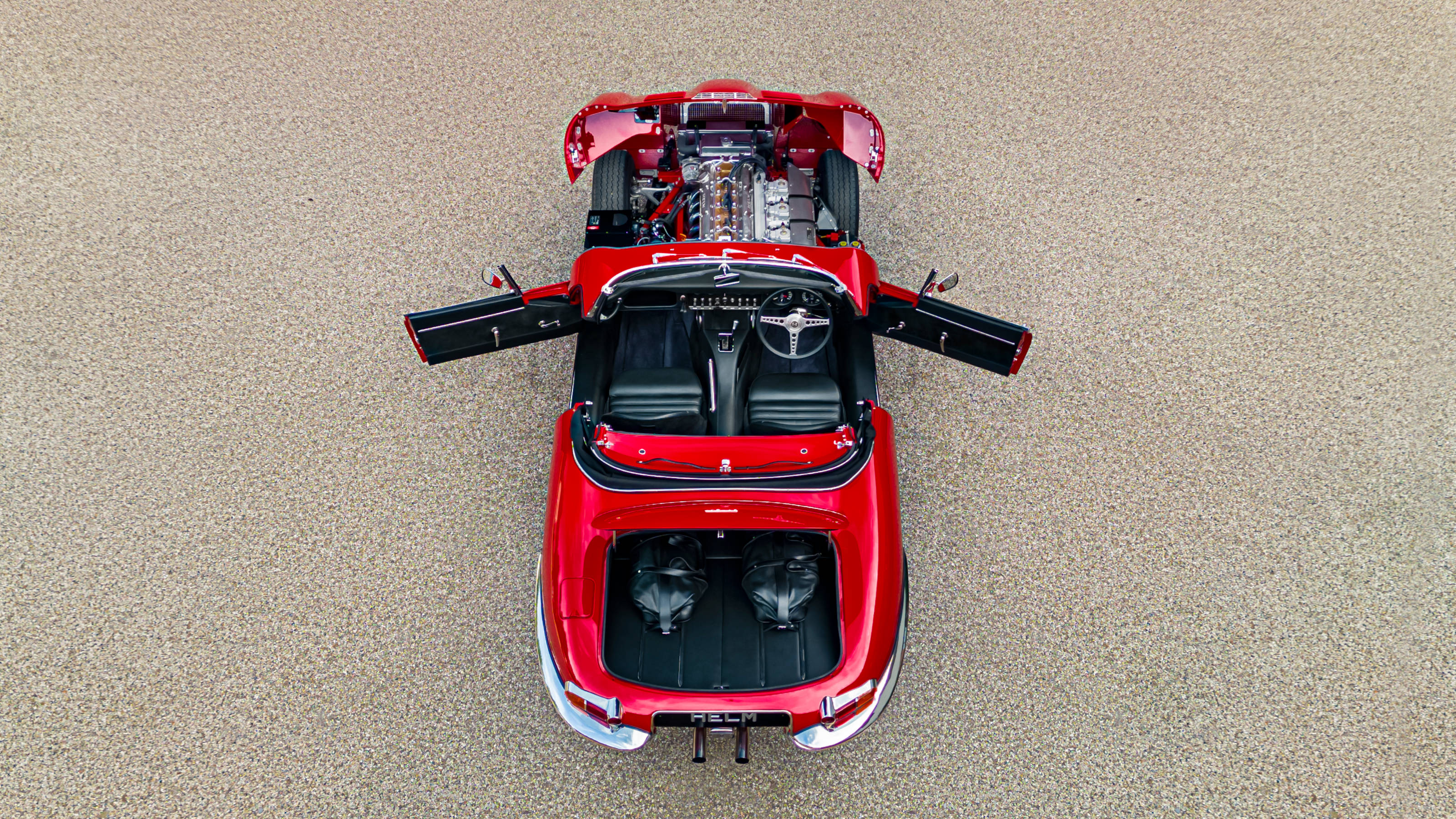 Helm’s meticulously re-imagined Jaguar E-Type features a finely crafted interior by Bill Amberg
Helm’s meticulously re-imagined Jaguar E-Type features a finely crafted interior by Bill AmbergHelm transforms the legendary E-Type into a thoroughly modern machine, upgrading every aspect of Jaguar’s pioneering sports car to an exacting brief
By Jonathan Bell
-
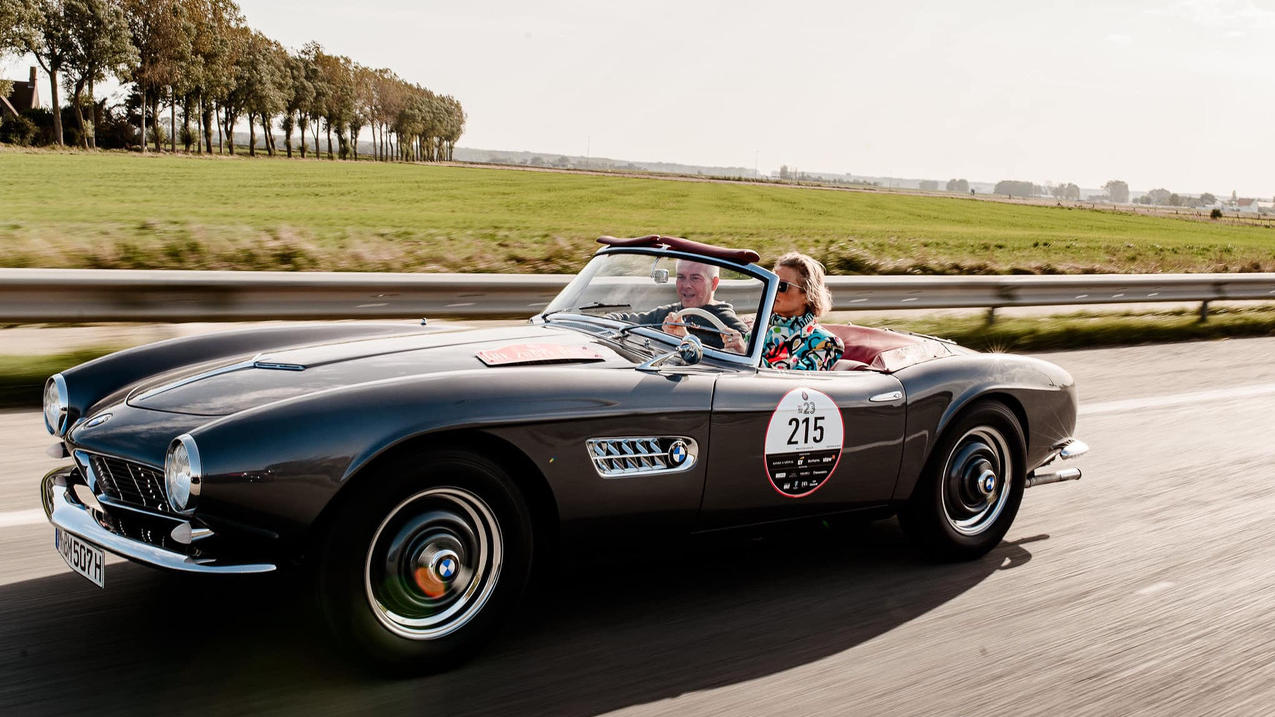 Zoute Grand Prix is a car fest like no other at a pristine Belgian beachside town
Zoute Grand Prix is a car fest like no other at a pristine Belgian beachside townAmy Serafin takes to the well-heeled streets of Knokke-Heist to experience the Zoute Grand Prix, its annual cavalcade of classic car-related events, from a rally to an auction
By Amy Serafin
-
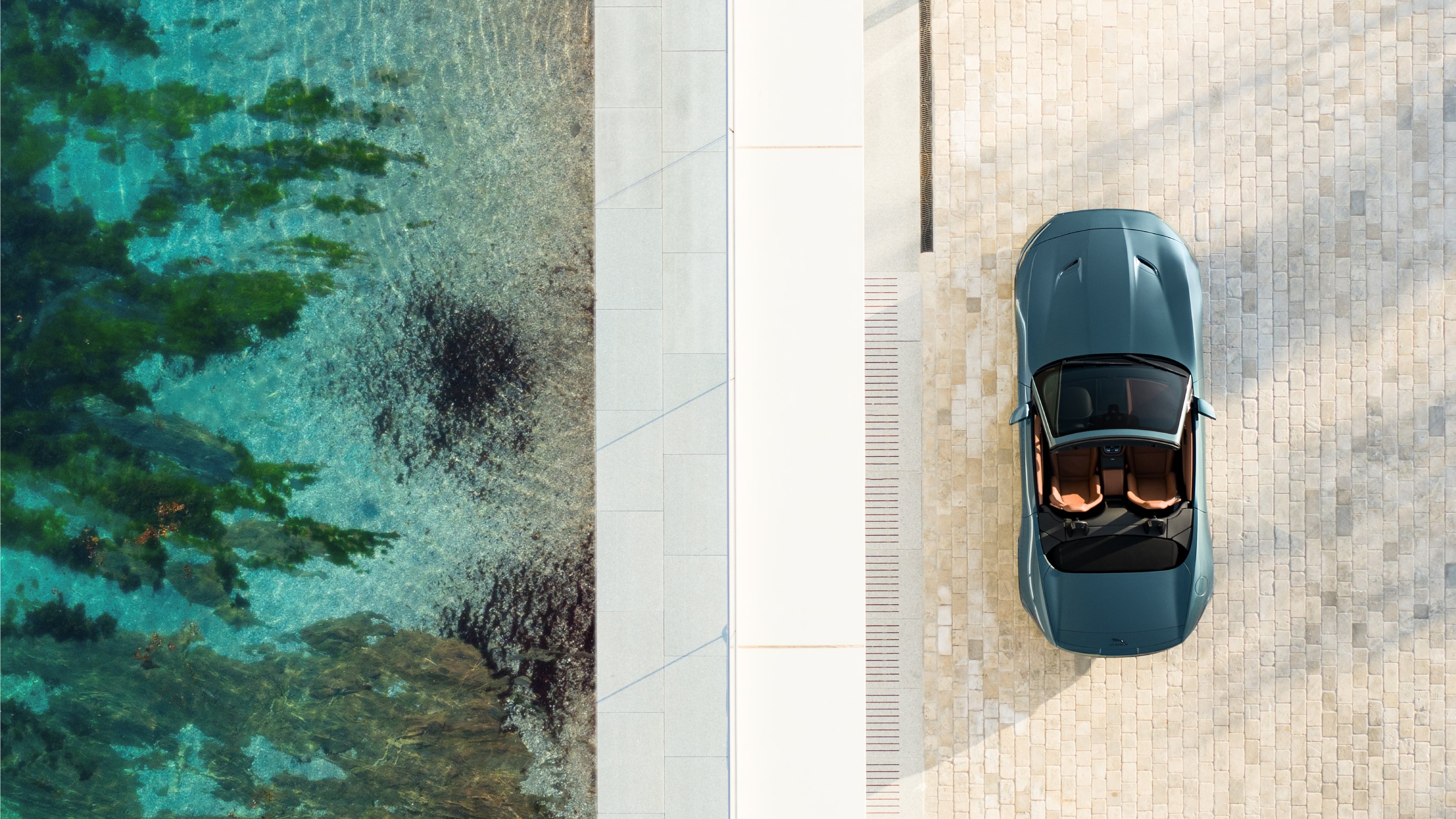 Jaguar F-Type 75 special edition is the last of its kind as the marque hints at a radical future
Jaguar F-Type 75 special edition is the last of its kind as the marque hints at a radical futureThe Jaguar F-Type 75 will be the last ever V8-powered Jaguar; is it also the end of conventional sports cars for this legendary British marque?
By Jonathan Bell
-
 Peugeot’s sparky 308 gets hybrid power and handsome lines
Peugeot’s sparky 308 gets hybrid power and handsome linesThe Peugeot 308 proves that mass-market design needn’t be dull, blending hybrid power with sharp lines and excellent detailing
By Jonathan Bell